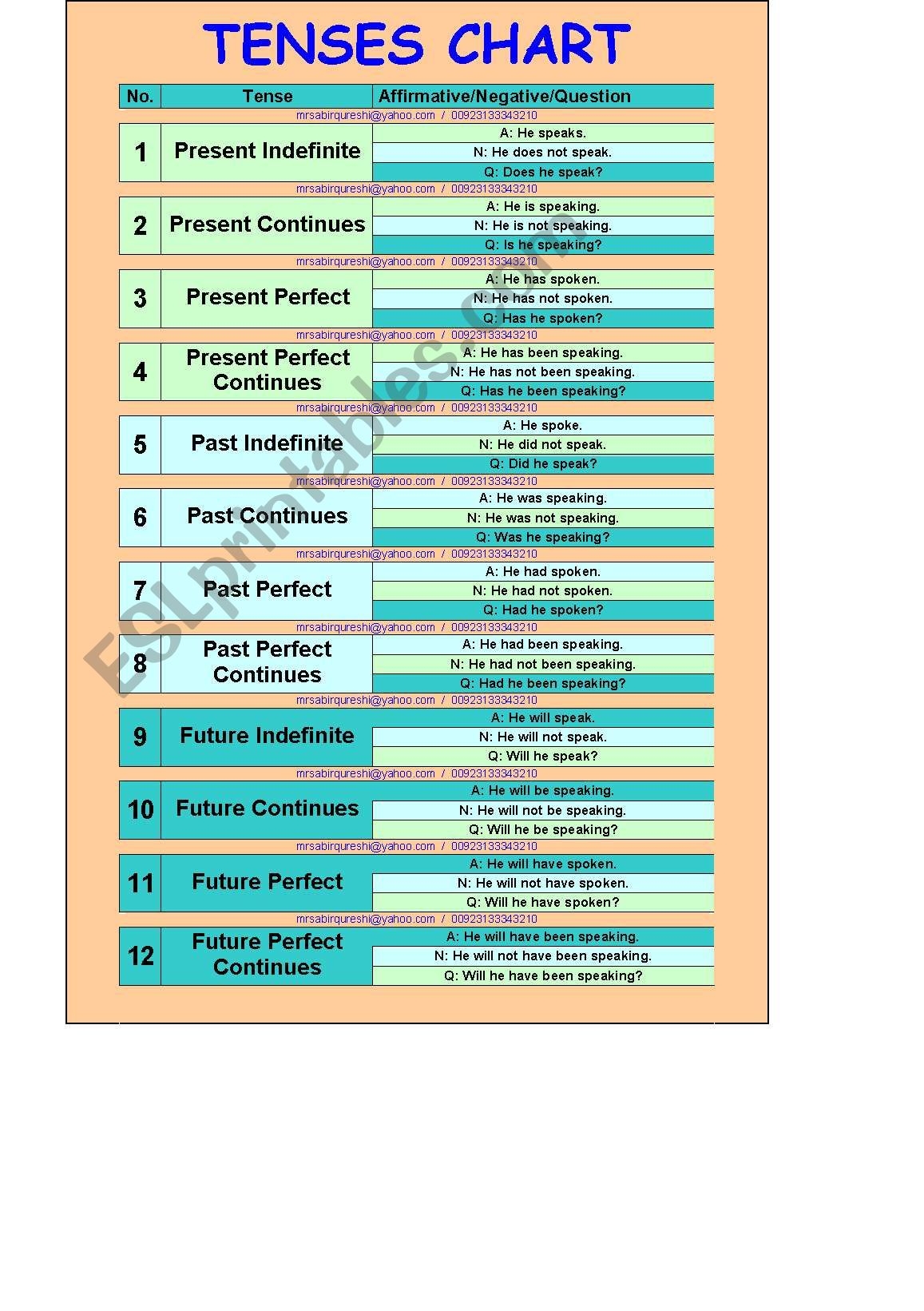English grammar can be quite complex, especially when it comes to tenses. There are 12 tenses in English, each serving a different purpose and indicating a different time frame. Understanding these tenses is crucial for effective communication in both spoken and written English.
In this article, we will explore the 12 tenses in English and provide a table for easy reference. By familiarizing yourself with these tenses, you can improve your overall grasp of the English language.
12 Tenses in English Table
| Tense | Form | Example |
|---|---|---|
| Simple Present | Subject + Verb | I eat breakfast every morning. |
| Present Continuous | Subject + am/is/are + Verb-ing | We are watching a movie right now. |
| Present Perfect | Subject + has/have + Past Participle | She has finished her homework. |
| Present Perfect Continuous | Subject + has/have + been + Verb-ing | They have been playing football for two hours. |
| Simple Past | Subject + Verb-ed | We visited our grandparents last weekend. |
| Past Continuous | Subject + was/were + Verb-ing | He was studying when the phone rang. |
| Past Perfect | Subject + had + Past Participle | She had already left when I arrived. |
| Past Perfect Continuous | Subject + had + been + Verb-ing | They had been waiting for hours before the show started. |
| Simple Future | Subject + will/shall + Verb | I will call you tomorrow. |
| Future Continuous | Subject + will be + Verb-ing | They will be traveling to Europe next summer. |
| Future Perfect | Subject + will have + Past Participle | She will have completed her project by Friday. |
| Future Perfect Continuous | Subject + will have been + Verb-ing | By the time you arrive, I will have been waiting for an hour. |
Each tense serves a specific function and indicates the time frame in which an action is taking place. By mastering these tenses, you can enhance your communication skills and convey your thoughts more effectively in English.
Practice using these tenses in various contexts to become more comfortable with their usage. Remember, consistency and practice are key to mastering the complexities of English grammar.
By referring to the table above and practicing regularly, you can improve your understanding of the 12 tenses in English and become a more confident English speaker and writer.
So, whether you are a student, a professional, or simply someone looking to enhance their English skills, mastering the 12 tenses in English is a valuable investment in your language proficiency.
